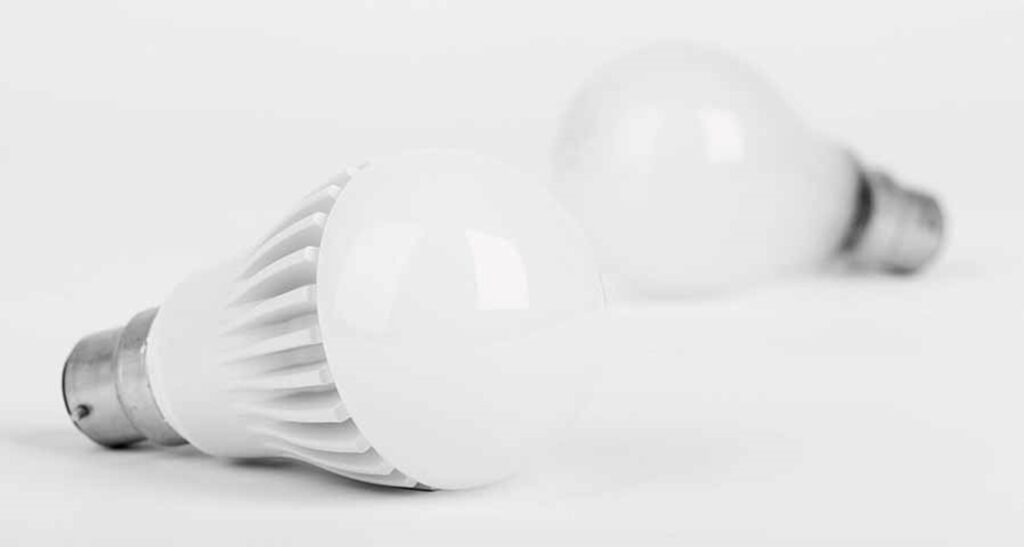Daylighting Controls & Daylight Savings: Optimizing Natural Light Through the…
Studies have shown that natural lighting has proven to improve workplaces by helping employees be more…

As anyone who has ever gone through the process of retrofitting or upgrading to LED lighting can tell you, the process can be time-consuming, and the research can give you nightmares. Understanding LED terminology and specs can leave even knowledgeable individuals wanting to rip their hair out. We hear from people all the time, wishing to retrofit to LED’s because they understand the importance of making the switch but are hesitant to start the buying process due to the multitudes of products available and not being able to differentiate between specs. Let us help you sort through the most common specs and provide you a light at the end of the LED buying tunnel. Check out our Lighting 101 Glossary in our Education Center for a list of common lighting terminology.
A unit of electrical power. LED lamps are rated in watts to indicate the rate they consume energy. Or more simply how much electricity it takes to run them. The wattage of an LED lamp is often the most crucial feature when considering different LED products. While LED lighting has many benefits over traditional lighting, the reduction in wattage or energy consumption is their most significant advantage. The higher the wattage is the more energy it takes to run the lamp.
This number represents the wattage of the traditional lamp that you are replacing with an LED lamp or fixture. The replacement wattage will assist you in maximizing your savings.
This is the length of time in hours of a statistically large sample between first use and the point when 50% of the LEDs fail. (This test is based on normal lamp voltage and current standards). For a more in-depth look at the Average Rated Life of an LED, check out our blog: Understanding LED Lifespan.
A lumen is the measurement of luminous flux or quantity of light emitted by a LED lamp. We utilize this measurement for comparing an LED lamp to a traditional light source. You will want to compare the lumens of the LED to the traditional lamp. Thus determining if the LED will be bright enough to replace it.
This is the gradual decline or luminous flux loss in light output over time, due to LED darkening. Also, see Rated Life and Lumen Maintenance
This compares the amount of light produced from a light source when it is brand new. To the amount of light output at a specific time in the future.
A measure of the efficacy (efficiency) of a light source. We achieve this number by dividing lumens produced by watts consumed.
This is the output (lumens) of a light source divided by the total power input (watts). We express this in lumens per watt or lu/watt. Currently, you should be looking for efficacy of no less than 70lu/watt. On a side note, we are seeing reported luminous efficacy of 300lu/watt from the labs. Something to look forward too!  Want a full view of luminous efficacy? Check out our blog: Understanding Luminous Efficacy.
Want a full view of luminous efficacy? Check out our blog: Understanding Luminous Efficacy.
This is the measurement of the luminous output of a new LED lamp.
An LED lamp’s ability to render an object’s true colors, based on a scale of 0-100.
Here, we see a numerical measurement of the color appearance of an LED measured in degrees Kelvin (K). It also refers to the way color groups are visually perceived. From “warm” colors on the Red/Orange/yellow end of the spectrum to “cool” colors at the blue end of the spectrum. 
Refers to an LED lamp with a special phosphor or coating to give it a different color rendering profile.
Foot-candles measure the amount of visible light that falls on a surface or object. A single foot-candle is equivalent to the amount of light falling on a surface or object one foot away from the lamp. In a retail environment, this is a very important number when considering LEDs.
This is the luminous intensity along the geometric center-line of a directional light source. Or the brightness of the center of a beam of light. For more on the visual light aspects of an LED, check out: Understanding CRI, CCT, and Foot Candles in High Quality LED Lighting. There are a lot of terms and specs you need to review before purchasing LEDs for your facility. Even with a written guide to help manage the process. It can often be beneficial to speak with a professional to make sure you are purchasing the right products for your organization. We suggest speaking with a product-neutral retrofit service provider before making your final LED lighting specs decision. You are going to invest a significant amount of money in transforming your lighting into a cost-effective venture. There is a reason that professional organizations like Action Services Group exist. We are here to assist you in this venture, and we look forward to speaking with you soon. For more information on LED products and retrofits for your organization. Contact Action Services Group by calling 610-558-9773, email [email protected], or schedule a call.